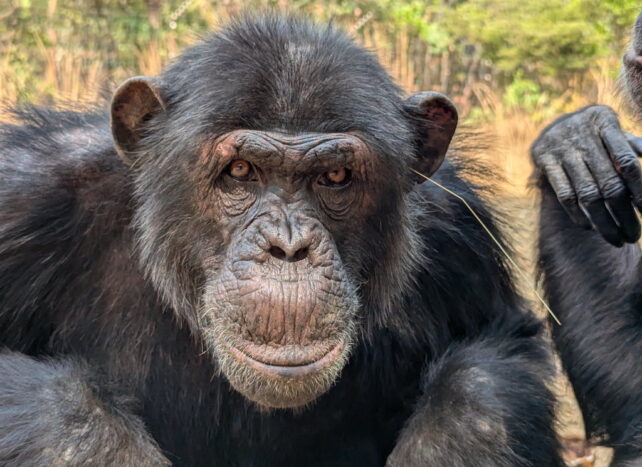
A SpaceX Falcon 9, topped with a Crew Dragon spacecraft, launches for the International Space Station with the Axiom Mission 3 crew. Photo by Paul Hennessy/Anadolu via Getty Images
California researchers have teamed up with astronauts to take the fight against cancer to space as progress in battling cancer on Earth remains slow.
In space, microgravity causes cells to age more rapidly due to the weak pull of gravity, allowing scientists to observe cancer growth and the effects of cancer treatments at a faster rate than on Earth.
When the Axiom 3 spaceflight launched from Kennedy Space Center in Cape Canaveral, Fla., on Jan. 18, it carried four crewmembers and miniature tumor organoids produced from the cells of cancer patients, grown in a lab by scientists at the University of California San Diego.
Axiom 3’s splashdown, originally scheduled for Saturday, has been delayed until at least Tuesday due to weather, according to SpaceX, the manufacturer of the Crew Dragon spacecraft used for the mission.
This isn’t the first time Dr. Catriona H.M. Jamieson’s team, a hematologist and medical professor at the college, has sent such samples into space. They previously sent stem cells on multiple Space X flights and observed pre-leukemic changes that were not seen in controls on the ground within the same timeframe.
Jamieson explains that when cancer progresses under stress in space, a cloning gene known as ADAR1 is turned on. On previous missions, her team noticed that mini tumors sent to space activated the gene before rapidly tripling in size in just 10 days, a much faster rate of growth than seen on the ground. Further testing revealed that ADAR1 “proliferated wildly” in the space tumors as they grew with unchecked rapidity.
On the last Axiom mission, Jamieson’s team sent up mini tumors treated with two types of anti-cancer medications that block ADAR1 in different ways. The drugs included fedratinib, already FDA approved for the treatment of blood cancers, but not solid masses.
Encouraged by the results, Jamieson’s team began working on an experimental drug called rebecsinib that blocks ADAR1 activation by preventing it from spawning malignant proteins. Axiom 3 carried breast cancer mini tumors treated with the new concoction, showing that it inhibits cancer growth significantly when compared to controls, and is even more effective than fedratinib.
Jamieson hopes to launch the drug into clinical trials on Earth by the end of the year.
“They’re not slowing down,” she says. “When we see data like this, we think it’s our responsibility to get this to clinic.”
Results obtained in space give Jamieson practical hope, she says, and the team working to advance the potentially life-saving innovation includes NASA and European astronauts.
“On the International Space Station, they don’t mess around,” she adds.













